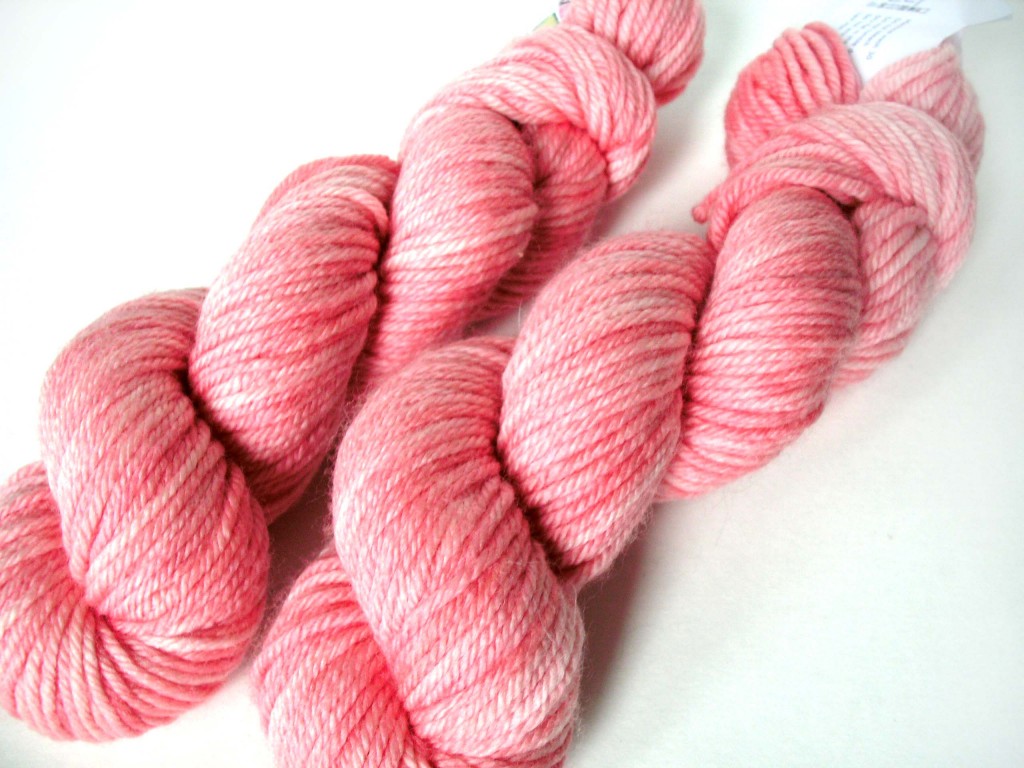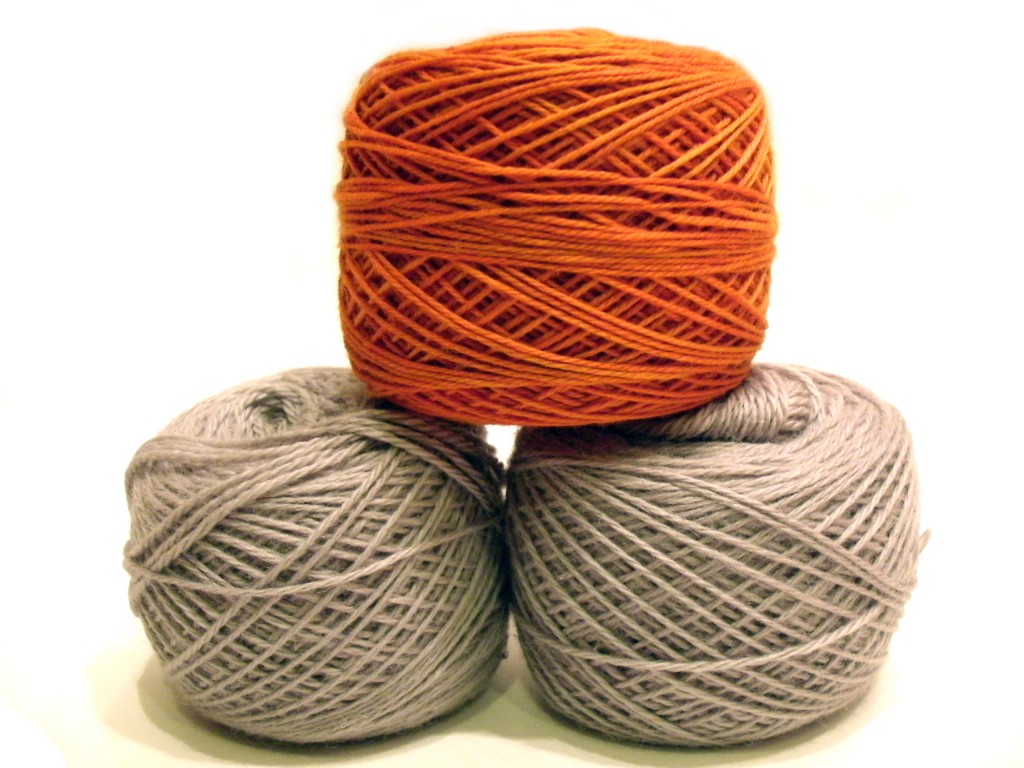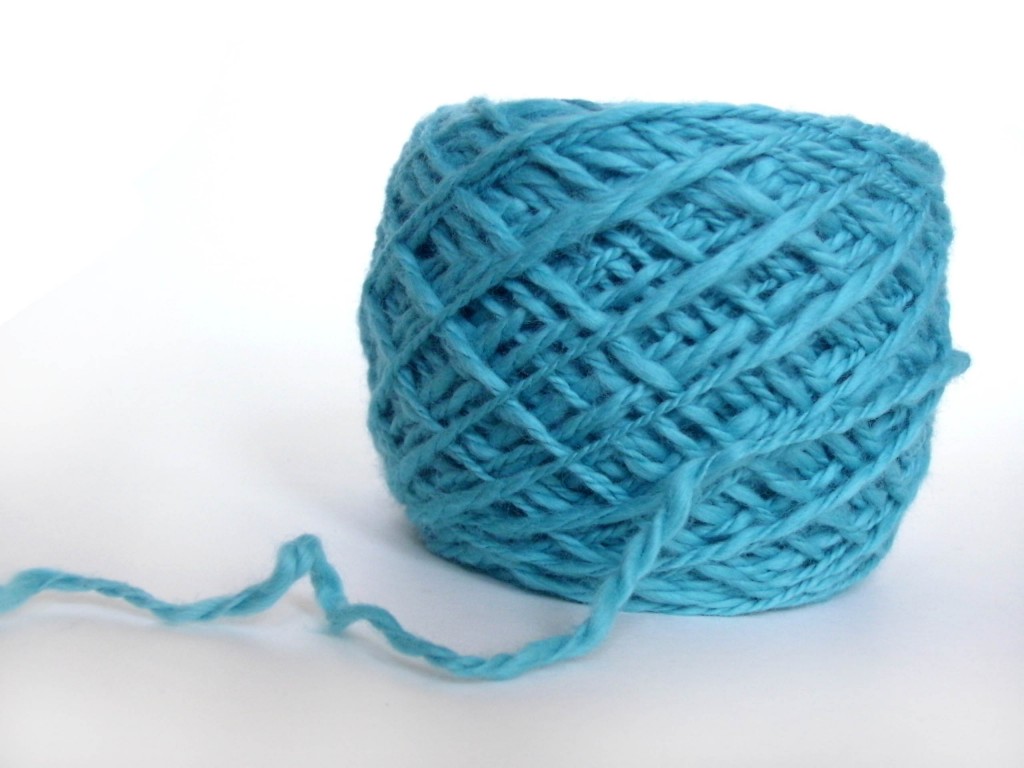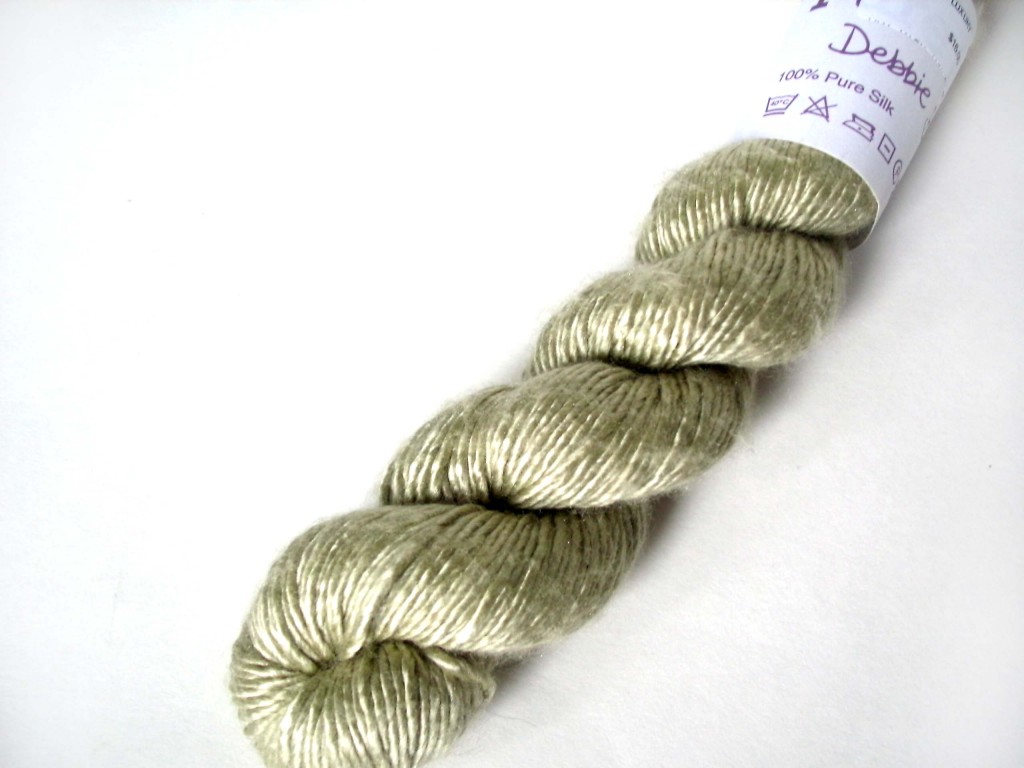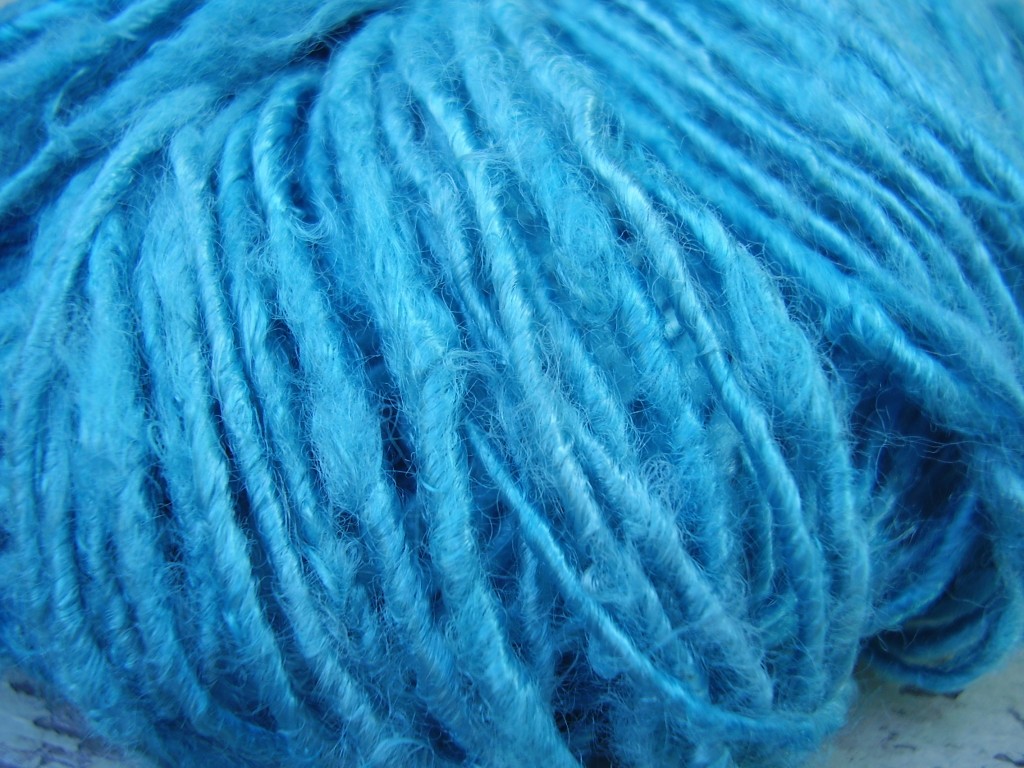Have you ever knit a beautiful alpaca scarf and said, “Gee, I like it… but I didn’t know it’d be so warm!” Every yarn fiber has different properties that make it soft/warm/itchy. So, it’s worth learning a bit about the fibers before starting a project!
It’s impossible to give you all the info you need to know about yarn fibers in one little blog post… in fact, whole books have been written on the topic!
For more information about how fibers and properties of the yarn (single ply, thickness, etc) affect your final project, I highly recommend The Knitter’s Book of Yarn: The Ultimate Guide to Choosing, Using, and Enjoying Yarn. There’s also a fabulous section all about fiber properties in The Knitter’s Life List – definitely worth getting if you’re looking for more info!
Wool
Ah, our friend wool! We’ve all heard of it, and for a lot of people, wool has a bad reputation for being itchy and allergy-causing. While there are some folks with a genuine allergy to wool, wool-allergies are pretty rare. Chances are, the person has a sensitivity to coarse wool fibers. And who can blame them… no one likes an itchy sweater!
If you were made to wear a wool sweater in the 80’s as part of your school uniform (like my poor hubby), you probably have horrible nightmares about the itch factor… but fear not! Not all wool is itchy!
Different sheep breeds produce wool with different (staple) lengths of fiber and courseness. Coarser and longer fibers (in general) are scratchier, but more durable and water-resistant. Shorter fibers (heard of Merino?) are oh-so-soft, but prone to pilling and need to be handled more gently.
In general, wool needs to be hand-washed (because too much agitation will cause the yarn to felt). However, there are some ‘super-wash’ wool yarns available on the market: yarns where the wool fibers have been treated to prevent felting. These super-wash yarns are a great choice for baby items!
If you want to use natural fibers for an amigurumi project, wool is a great choice for any of my patterns.
To try:
- Shepherd’s Wool by Stonehedge Fiber Mill
Alpaca
An alpaca is a cousin of the llama, and some breeds have incredibly soft fiber. Alpaca is warmer than wool, but has a tendency to be a little bit prickly.
Alpacas come in a wide range of colors, and the yarns available on the market reflect this wide color range.
To try:
- Baby Alpaca DK by Shibui Knits
Cotton
You’ve heard the song, right? The fabric of our lives…
I totally love cotton! Some cottons are incredibly soft (there are different breeds of cotton just like there are breeds of sheep!) and items made from cotton are lightweight and cool, partially because of cotton’s ability to absorb water (and sweat). However, cotton is much less elastic than wool, so it’s best to select projects designed to be made with a cotton that take into account its lack of elasticity.
Cotton naturally comes in a range of colors, although commercially produced yarns in the tans and greens are becoming harder and harder to find due to a difficulty in sourcing the raw product.
Typical cotton production requires a very heavy use of pesticides, so organic cotton yarns are worth investigating.
To try:
- Worsted Cotton by Blue Sky Alpacas
Silk
Yummy! Silk is made from the cocoon of a silkworm… a single thread can be hundreds of feet long!
Silk is incredibly soft, takes dye amazingly and has the superb ability to keep you warm when it’s chilly and cool when it’s hot.
Traditional silk production involves killing the larvae inside the cocoon, which is necessary to unravel one continuous thread of (highly desirable) silk. ‘Peace Silk’ is made by letting the larvae emerge from the cocoon before harvesting the silk threads. This results in shorter threads, but a live silkworm.
In yarn, silk is often blended with another fiber (like wool) to produce a yarn with a combination of elasticity and shine.
Other fibers
Oh, I’ve hardly scratched the surface! There’s yarn from bison, possum, corn, soy, banana silk… even crab shells! And each yarn fiber has its own exciting collection of properties!
So, even though I haven’t had time to chat about them all, I hope I’ve encouraged you to give a different fiber a try… and have given you a little more information that you can use before starting your next project!






